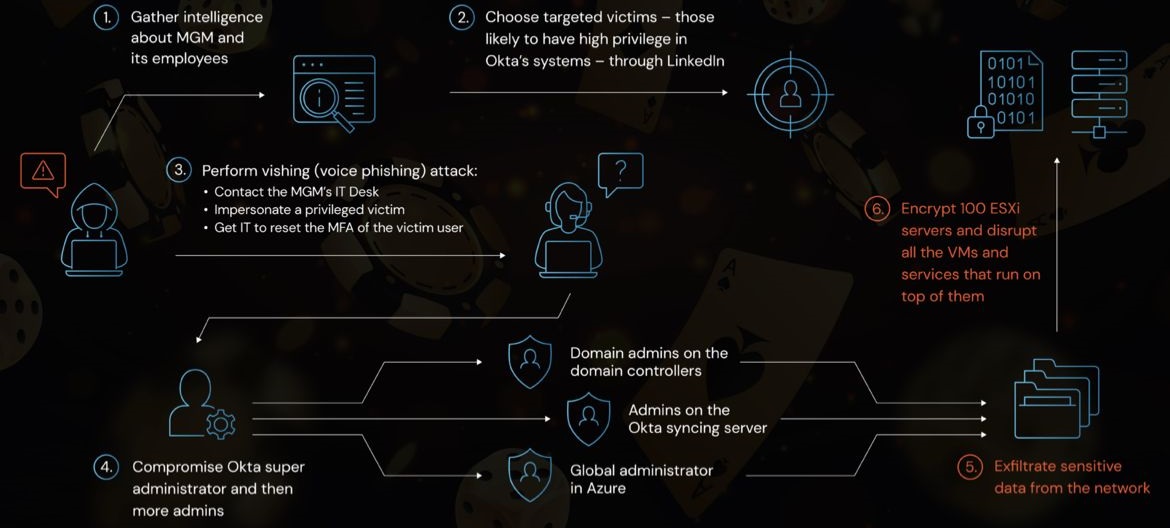
In today's digital world, security is of paramount importance. With the increasing frequency and sophistication of cyber attacks, it has become essential to implement robust security measures to protect sensitive information.
One such measure is multi-factor authentication (MFA), which adds an extra layer of security to the authentication process. In this article, we will discuss the importance of MFA and the lessons we can learn from recent hacking incidents to improve our security practices.
What is Multi-Factor Authentication?
Multi-factor authentication is a security process that requires users to provide more than one form of authentication to access a system or service. Typically, MFA involves three types of authentication factors: something the user knows (such as a password or PIN), something the user has (such as a smart card or token), and something the user is (such as a biometric factor like a fingerprint or face recognition).
MFA provides an extra layer of security to the authentication process, making it more difficult for attackers to gain unauthorized access to sensitive information. Even if an attacker manages to obtain a user's password, they would still need the other authentication factors to access the system or service.
Importance of Multi-Factor Authentication
MFA is an essential security measure that can help prevent cyber attacks. According to a report by Microsoft, MFA can block over 99.9% of account compromise attacks. This is because MFA makes it much more difficult for attackers to gain unauthorized access to sensitive information.
One of the most significant benefits of MFA is that it can prevent credential stuffing attacks. In a credential stuffing attack, attackers use a list of stolen usernames and passwords to gain access to a system or service. MFA can prevent these attacks by requiring an additional authentication factor, making it much more difficult for attackers to gain access to the system or service.
Another benefit of MFA is that it can help prevent phishing attacks. In a phishing attack, attackers attempt to trick users into revealing their login credentials by sending them fraudulent emails or messages. MFA can prevent these attacks by requiring an additional authentication factor, making it much more difficult for attackers to gain access to the system or service.
Recent Hacking Incidents and Lessons Learned
Despite the benefits of MFA, recent hacking incidents have shown that it is not foolproof. In 2020, several high-profile companies, including Twitter and Zoom, suffered from security breaches despite having MFA in place. These incidents highlight the importance of implementing MFA correctly and using it in conjunction with other security measures.
One of the lessons we can learn from these incidents is the importance of using different types of authentication factors. For example, using both a password and a biometric factor, such as a fingerprint, can provide additional security against attacks. This is because biometric factors are much more difficult to fake or steal than passwords.
Another lesson we can learn is the importance of monitoring authentication attempts. By monitoring authentication attempts, organizations can detect and respond to suspicious activity before it becomes a significant security threat. For example, if an organization notices multiple failed authentication attempts from a specific IP address, they can block that IP address to prevent further attempts.
It is also essential to educate users about the importance of security measures such as MFA. Many security breaches occur due to user error, such as weak passwords or falling for phishing scams. By educating users about security best practices and the importance of MFA, organizations can reduce the risk of security breaches.
Conclusion
In conclusion, multi-factor authentication is an essential security measure that can help prevent cyber attacks. While recent hacking incidents have shown that MFA is not foolproof, it is still an effective security measure when implemented correctly and used in conjunction with other security measures.
The lessons we can learn from recent hacking incidents include the importance of using different types of authentication factors, monitoring authentication attempts, and educating users about the importance of security measures.
Implementing MFA and other security measures can be challenging, but it is crucial for organizations to prioritize security in today's digital world. By taking proactive measures to protect sensitive information, organizations can reduce the risk of security breaches and protect their customers' trust.

